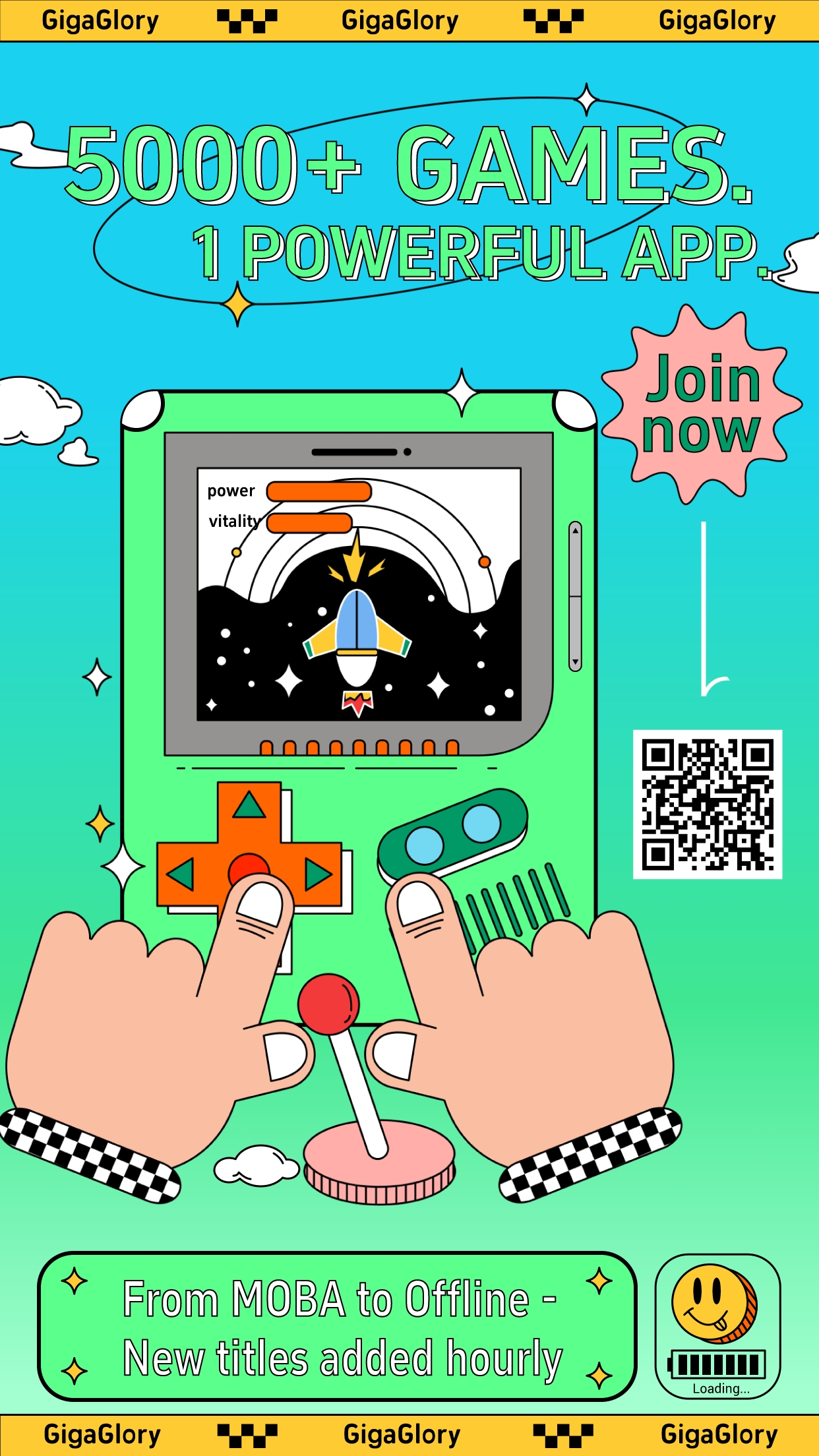Unlocking Learning: How Idle Games Are Transforming Educational Games
In a world where traditional learning methods are being challenged by rapidly advancing technology, idle games are stepping up to not only entertain but also educate. These games, renowned for their effortless gameplay and incremental rewards, are weaving their way into the fabric of educational games. But how are they reshaping the landscape, and what can we learn from this unexpected alliance? Buckle up as we dive into this digital phenomenon!
What Are Idle Games?
Idle games, also known as clicker games, are designed around a simple premise: let the game play itself while the player manages resources. Often characterized by minimal user input, players can achieve progress even when they're away. This unique mechanic hooks players, enticing them to check back in periodically to see their progress.
Education Meets Entertainment
The merging of education and idle games isn’t just a whim; it’s a strategy that leverages the strengths of both fields. Students, particularly younger audiences, are drawn to the addictive nature of idle games. With bright colors, engaging characters, and instant gratification, learning objectives can be discreetly embedded in gameplay. The best games with a good story thrive on narrative, allowing learning to occur within a context that's compelling.
How Idle Games Enhance Learning
- Incremental Learning: Just like in traditional schooling, knowledge builds incrementally. Idle games facilitate this by introducing concepts gradually.
- Motivation and Rewards: The frequent rewards from gameplay can be analogous to achieving academic milestones, keeping players motivated.
- Critical Thinking: Many idle games require strategic planning and resource management. These skills are transferable to real-world situations.
A Closer Look: Delta Force - Black Hawk Down
For example, take the game “Delta Force - Black Hawk Down." While it's primarily known for its intense military action, the underlying mechanics can teach players about strategy and tactical decision-making. This military-themed game can provide layers of understanding that go beyond mere entertainment. Players engage in scenarios where critical thinking is a must - a trait we should encourage in educational settings.
Benefits for Educators
Educators can harness the potential of idle games in the classroom in several ways:
| Benefits | Description |
|---|---|
| Engagement | Idle games attract students who might otherwise struggle with traditional materials. |
| Personalization | Games can adapt to different learning styles, ensuring that everyone benefits. |
| Feedback Mechanisms | Real-time feedback allows students to adjust their strategies quickly. |
Challenges and Criticisms
Despite their benefits, it's essential to acknowledge the challenges. Critics argue that idle games might promote a lack of critical engagement. Students might become passive consumers rather than active participants in their learning journey. Furthermore, there’s a risk of overemphasis on the fun aspect, potentially overshadowing the educational content.
Balancing Fun and Function
Finding the right balance between entertainment and education is key. Game developers must ensure that the core educational goals do not get lost amidst flashy graphics and charm. An excellent approach is to implement checkpoints in games that require players to apply what they've learned before progressing.
Conclusion: A Game-Changer in Education
As we continue to evolve our understanding of learning, idle games present an innovative route worth exploring. They're not just a tool for leisure; they can be an educational powerhouse. In an era where engagement is crucial, harnessing the unique capabilities of idle games can lead to a brighter, more effective learning environment. In the fusion of entertainment and education, everyone stands to gain - the players, the educators, and most importantly, the students. So, why not unlock that potential today?


